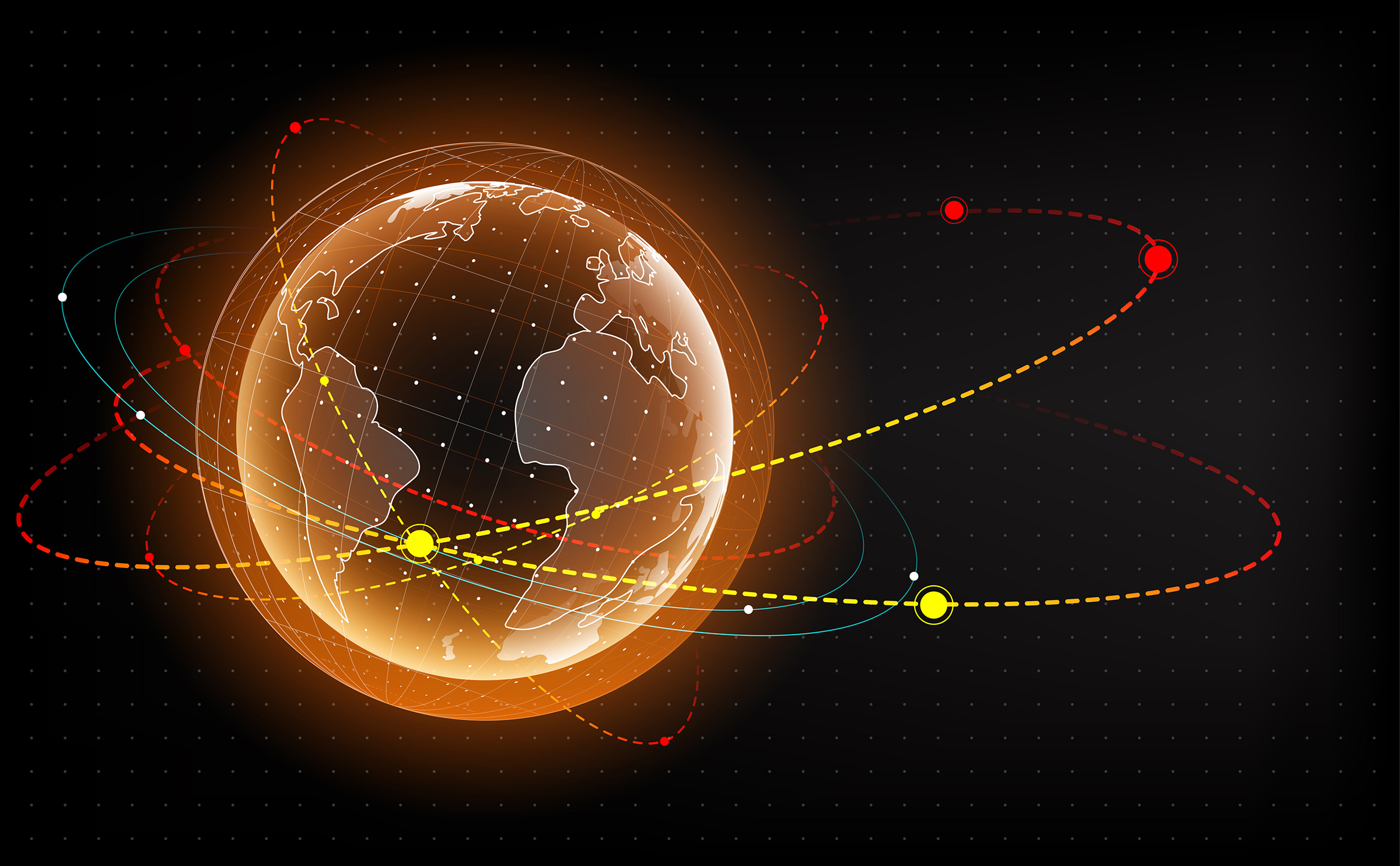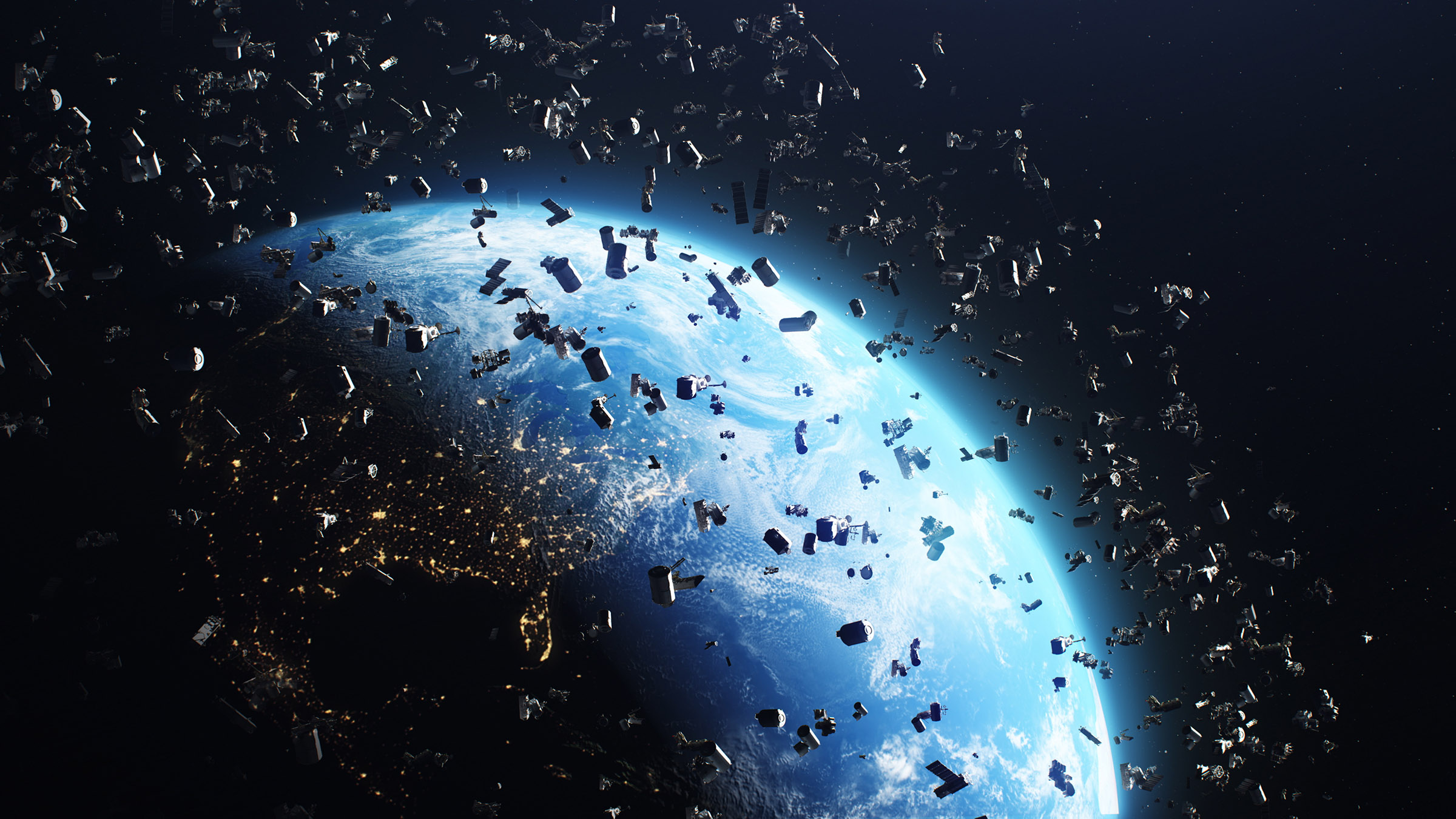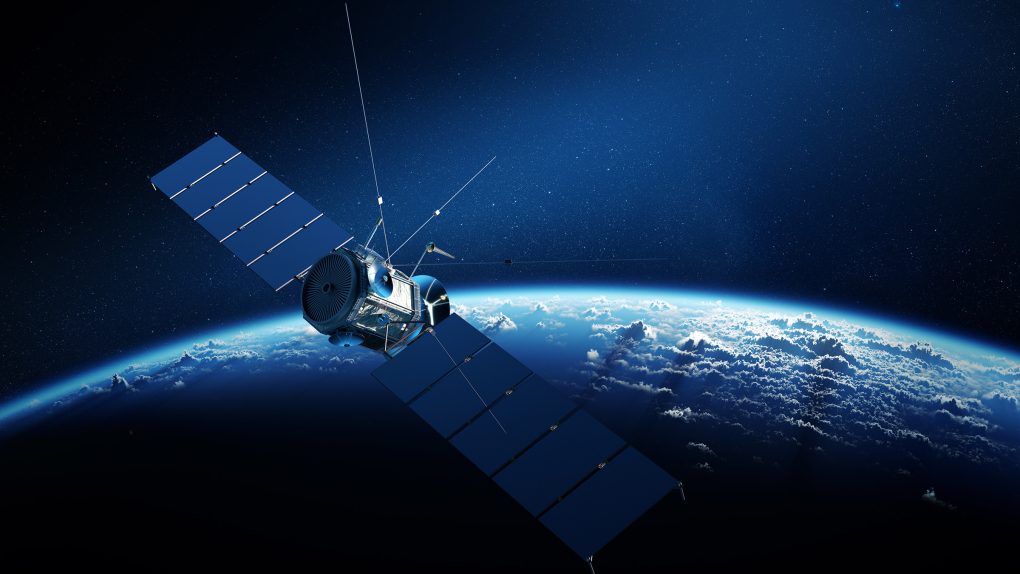Asteroids, comets, and other near-Earth objects (NEOs) pass by our planet daily. Meteors and even some asteroids have impacted our planet, often leaving fiery displays in the sky behind them. As of yet, though, we haven’t had to worry about any killer asteroids coming too close. But a recent survey says that mega constellations of satellites could make it harder to detect NEOs, putting Earth at risk.
Survey says too many satellites in orbit make it hard to spot NEOs

The survey’s results were published recently by Apollo Academic Surveys, and it claims that having too many low-Earth-orbit satellites could not only make it harder to detect near-Earth objects. This part of the process many believe is the key area we need to improve on, as discovering large Earthbound comets and asteroids is vital to ensuring we’re never facing a situation portrayed in Don’t Look Up.
Further, the survey says that SpaceX’s mega constellations, like those it has planned for its internet service, would only clog up the discovery process even more. Multiple participants in the survey shared concerns over the growing amount of satellites appearing in orbit around our planet.
“The satellites basically render swaths of the detector unusable for detection of NEOs, and the tracks compound/sum for the four images used to find NEOs,” one participant wrote in response to one of the survey’s questions. Others admit that we could work around these problems but would require other spacecraft similar to James Webb to be placed outside Earth’s immediate orbit.
Kessler syndrome

However, SpaceX and other companies continue to place satellites in orbit, including SpaceX’s well-known mega constellations. And, even if you aren’t worried about how mega constellations and other satellite groups might impede discovery, there are other issues to address.
“I am more concerned about the Kessler syndrome,” another participant noted. The Kessler syndrome is a theoretical situation where Earth’s orbit is overpopulated with space debris and objects. This prevents the use of satellites in certain sections of the planet’s orbit, and could even impede any planetary defenses we were to launch, like NASA’s DART system.
Of course, these are all valid concerns, but SpaceX satellites and mega constellations aren’t the only ones to blame. We’ve been pumping satellites and spacecraft into orbit for decades. The immediate area around Earth is already littered with space debris like Chinses rocket boosters. Finding a solution to this problem is also important if we want to avoid any possibility of the Kessler syndrome.
As for addressing the other issues brought up, putting too many objects in orbit does indeed have the potential to create blind spots. But, as some experts mentioned, we can work around that by using specialized systems and other telescopes to better view incoming NEOs like asteroids and comets.








